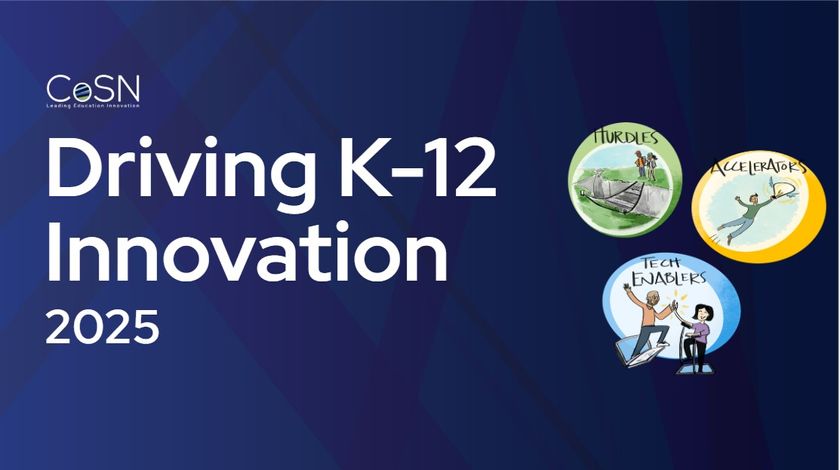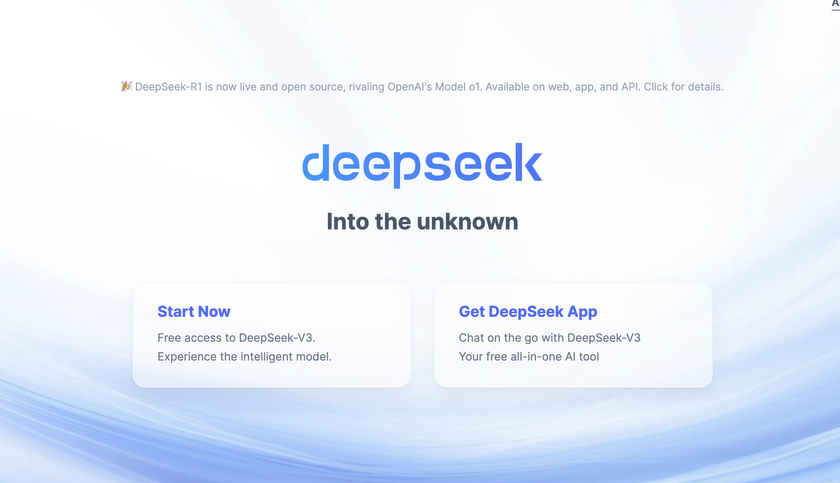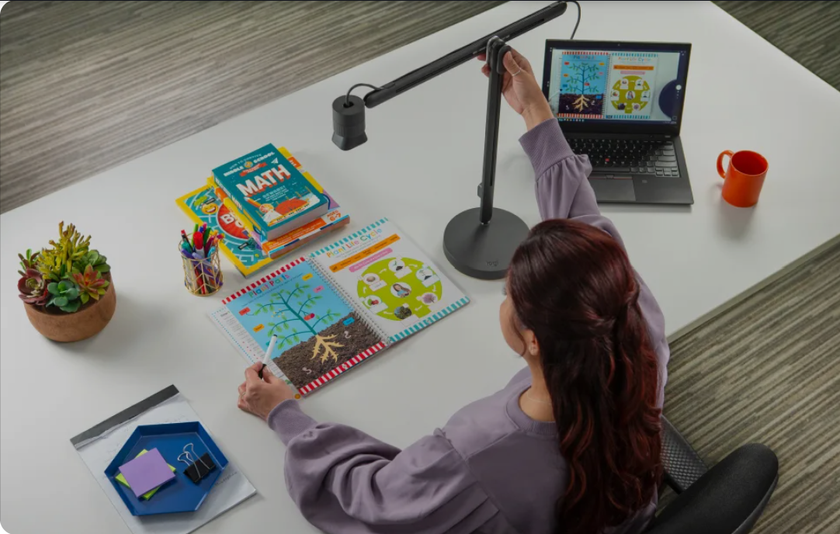Ready or not, here IT comes

According to the “2009 Horizon Report: K12 Edition,” the future may actually be closer than it appears. The report is the second in a new series that analyzes emerging technologies for their potential impact on and use in teaching, learning and creative expression within the environment of pre-college education. For the full report, go to techlearning.com.
Time to Adoption: One Year or Less
Collaborative environments
Online spaces designed to support groups of students working together take many forms, from relatively simple tools that lend themselves to multiple simultaneous authors all the way up to full-fledged classroom environments in both the flat Web and the 3D world of virtual environments. Collaborative environments provide the means for students to work with peers both local and distant, practice creative teamwork and develop peer relationships.
Online Communication Tools
Tools that put students in touch with distant family members, practicing experts and their peers, wherever they may be located. Desktop videoconferencing, instant-messaging services, microblogging platforms, and voice-over-IP clients facilitate connections and the dissemination of information among students and between students and teachers, keeping classroom communities in touch with each other more extensively than ever before.
Time to Adoption: Two to Three Years
Cell phones
The unprecedented evolution of these devices continues to generate great interest, and their increasing capabilities make them more useful with each new generation of devices. One recent feature, the ability to run third-party applications, represents a fundamental change in the way we regard cell phones and opens the door to myriad uses for education, entertainment, productivity and social interaction.
Cloud computing
This term indicates computing resources available from large “data farms”: specialized data centers that host thousands of servers. Cloud computing uses the surplus resources to lower the cost and increase the availability of disk storage and processing power to the point that anyone can obtain it, almost at a moment’s notice, very cheaply. Image editors, word processors, social-networking tools and more are always available. Accessed via a Web browser, they are often free and come with huge amounts of storage space for whatever we wish to keep there.
Tech & Learning Newsletter
Tools and ideas to transform education. Sign up below.
Time to Adoption: Four to Five Years
Smart Objects
There are many technologies that support smart objects, from simple printed stickers to complex computing and sensor networks. In each case, whatever the underlying technology, smart objects exist in the physical world but have some kind of virtual counterpart. The means to create, track and use smart objects has not yet entered the mainstream, but recent advances in identification technology have led to some interesting proof-of-concept applications which suggest that everyday uses are just down the road.
The Personal Web
Teachers using the Internet as a resource are aware that the amount of content available on the Web is staggering. Selecting valuable material to use in preparing lessons or to suggest as a resource for students is a time-consuming and sometimes frustrating task. To deal with these problems, readers and publishers of online content are assembling collections of tools, widgets and services that handle developing and organizing dynamic online content. Tools for tagging, aggregating, updating and keeping track of content assist today’s learners in creating and navigating a Web that is increasingly tailored to their own needs and interests.










